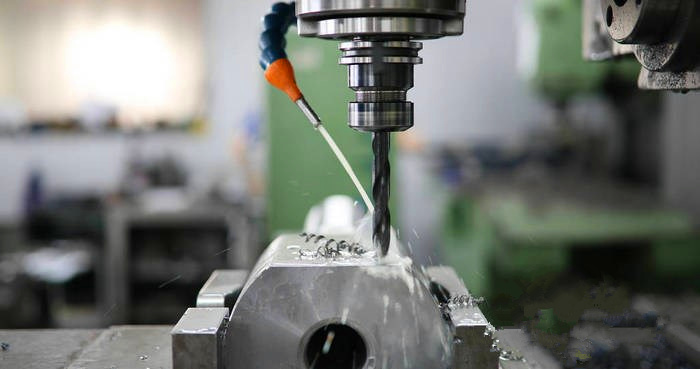SERVICE HOTLINE
0274-36629050366-642808
Problems and incentives
In the adjustment cutting process, such as adjustment turning, milling, drilling, gear cutting, and groove and thread forming and grinding, the cutting conditions are severe, the cutting temperature is high, and oil smoke and oil mist are often generated and decomposed to release harmful gases. . When using high-pressure liquid supply or spray liquid supply, it is easy to produce oil mist and oil vapor. Low-viscosity cutting oil will evaporate naturally. These oil fume, oil mist, oil vapor and volatile matter will pollute the air in the workshop and worsen the working environment. Long-term work in this environment may cause respiratory damage.
When using oil-based cutting fluid, the physical and chemical indicators related to the difficulty of generating oil mist are viscosity and flash point. Mineral oils with lower viscosity and flash point tend to produce oil mist more severely.
The water-based cutting fluid is used after being diluted with water. The mass density of the oil (liquid) mist is relatively high, so it is easy to sink. Therefore, there are fewer cases of floating in the workshop, and fewer cases of causing respiratory organ damage to the operators. However, in some specific environments, heavy-duty cutting and grinding with emulsified cutting fluids and microemulsified cutting fluids, a misty atmosphere may also occur around the machine tool. Due to the effect of alkaline substances and surfactants in this mist, it will irritate the respiratory organs of the operator.

Precaution
Measures to prevent oil mist inhalation damage include:
1. For oil-based cutting fluids, choose oils with low volatility, high flash point, high viscosity index, and highly refined; switch to cutting oils with higher viscosity within the allowable range of the cutting oil pump; oil-containing products are recommended Cutting oil with mist inhibitor.
2. Immediately remove the oil stains in the cutting oil, which can reduce the amount of oil mist.
3. Change the liquid supply method and increase the liquid supply to reduce the cutting temperature.
4. Install oil mist absorption and separation devices near the machine tool, and set up a covering or spacer to prevent mist from scattering.
5. Install air circulation devices to improve the ventilation system of the entire workshop.
6. The cutting oil operator is equipped with a protective mask.
This article is from East Asia Petrochemical(http://www.fable-china.com/newsview/523.html),Please indicate the source